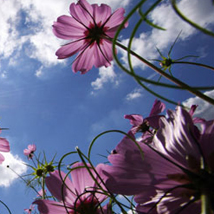
Case Example: Mimicking prairie sustainable food system strategies
The Land Institute has been working successfully to revolutionize the conceptual foundations of modern agriculture by using natural prairies as a model
Read More
The Land Institute has been working successfully to revolutionize the conceptual foundations of modern agriculture by using natural prairies as a model
Read More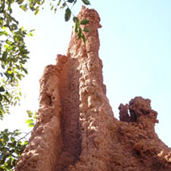
An office complex in Harare, Zimbabwe, has an air conditioning system modeled on the self-cooling mounds of Macrotermes michaelseni, termites that maintain the temperature inside their nest to within one degree, day and night.
Read More
Studying the way human lungs work is inspiring new technologies that remove carbon dioxide from sources like flue stacks, preventing this greenhouse gas from reaching our atmosphere and warming the planet.
Read More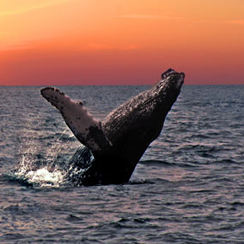
Wind tunnel tests of model humpback fins with and without tubercles have demonstrated the aerodynamic improvements tubercles make, such as an 8% improvement in lift and 32% reduction in drag.
Read More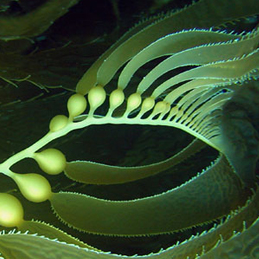
Nature moves water and air using a logarithmic or exponentially growing spiral, as commonly seen in seashells.
Read More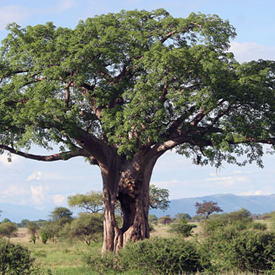
Engineers have incorporated these and other lessons learned from how trees and bones optimize their strength and minimize their use of materials into software design programs, such as Claus Matteck's “Soft Kill Option” software, which are revolutionizing industrial design.
Read More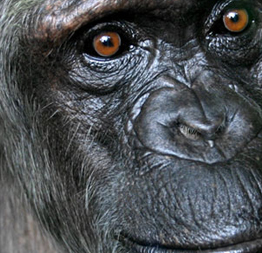
By observing how chimps and other species cope with illness, researchers have acquired leads on plants with promising medical applications to human health.
Read More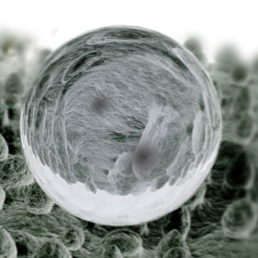
Microscopically rough surface additives modeled after lotus leave surfaces have been introduced into a new generation of paint, glass, and fabric finishes, greatly reducing the need for chemical or laborious cleaning.
Read More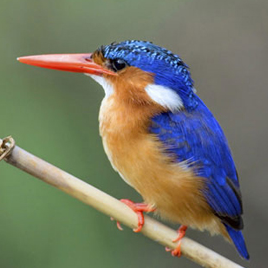
Modeling the front-end of the train after the beak of kingfishers resulted not only in a quieter train, but 15% less electricity use even while the train travels 10% faster.
Read More